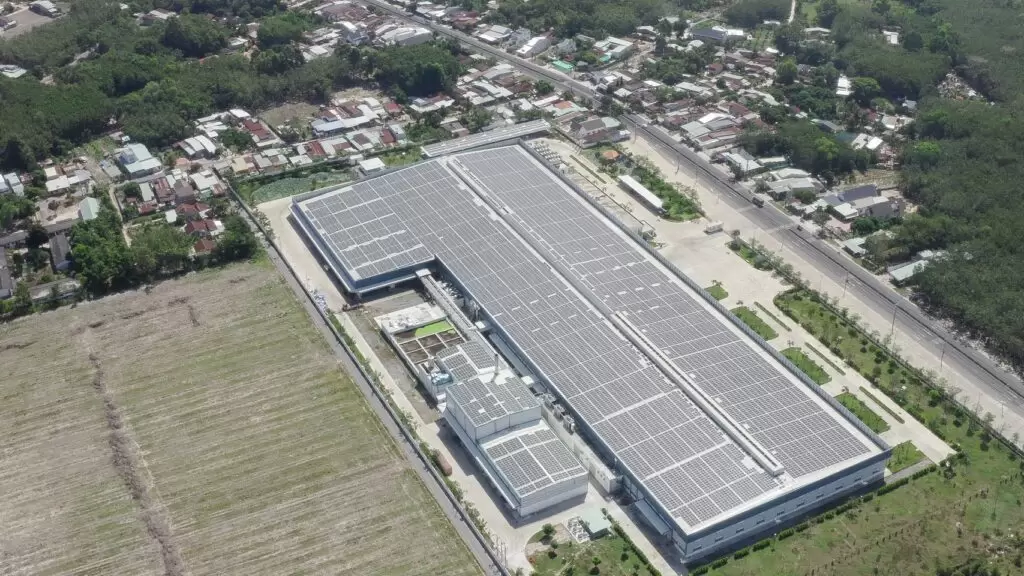
The three parts of our system consisting of the panel level high voltage converter, the microgrid inverter and energy management unit with the connection gateways, form a microgrid unit. With this unit, any power generation, distribution and loading topology can be constructed. Examples can be grouped into three types as below.
Remote DC and /or AC microgrids:
These types of microgrids are best suited for isolated communities as found in developing countries, defence, and research outposts. An example of such a construction would be the clustering of panels at a most suitable location in the community. Power can then be distributed to households at 400V DC voltage where it can be stepped down to the battery voltage of 48V or changed to AC by the inverter. AC loads can then be powered by the inverter. As DC standardisation progresses, DC loads can be powered at any of the inverter voltages,48V (or 24V) or 400V. Distributed storage through households or centralised storage is possible. In developing countries, pooling of resources by members of the community can enable faster development of these microgrids.
Fringe of the grid microgrids:
Construction of such grids may be necessary where partial independence from the grid is possible and appreciated for whatever reason. The communities in such microgrids can engage in peer-to-peer energy trading independent of the grid or with the grid connected.
Embedded networks:
Where there is abundant roofing space such as at shopping centres, schools, and companies, endless varieties of power topologies are possible. Power can be shared with neighbouring communities from these generation centres.
Our hardware control system works as the base operating system onto which third party softwares can be built. Example software can be for peer-to-peer energy sharing businesses or power utilities harnessing solar energy for ancillary support. The utilities may need to work with energy traders and other independent grid operators.
